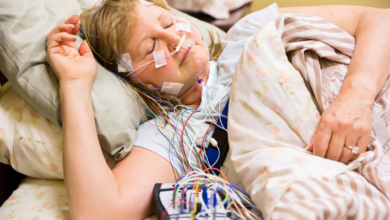Skin Examination

What is Skin Examination Test?
A skin examination is a visual assessment of the skin, hair, and nails to identify any abnormalities or signs of disease. It is a routine part of most physical examinations.
Why Skin Examination Test is required?
Skin examinations are essential for:
- Detecting early signs of skin cancer: Regular skin checks can help identify and treat skin cancers at an early stage.
- Monitoring skin conditions: Skin examinations can help track the progression of existing skin conditions, such as eczema or psoriasis.
- Assessing overall health: Changes in skin appearance can sometimes be indicative of underlying health problems.
- Identifying potential side effects of medications: Some medications can cause skin reactions or rashes.
Which are the method of Skin Examination Test?
A skin examination is typically performed by a healthcare professional using visual inspection and palpation (feeling the skin). Additional tools, such as a dermatoscope, may be used to examine moles or other skin lesions.
Who should go for Skin Examination Test?
Regular skin examinations are recommended for everyone, but they are particularly important for:
- Individuals with a family history of skin cancer.
- People with fair skin or a history of sunburns.
- Those with existing skin conditions, such as eczema or psoriasis.
- Individuals taking medications that can affect the skin.
What are the results of Skin Examination Test?
A skin examination can identify a variety of abnormalities, including:
- Skin cancer: Melanoma, basal cell carcinoma, and squamous cell carcinoma.
- Benign skin lesions: Moles, warts, and cysts.
- Skin infections: Bacterial, fungal, or viral infections.
- Skin conditions: Eczema, psoriasis, acne, and vitiligo.
Your healthcare provider will interpret the results of your skin examination and recommend further testing or treatment if necessary.
What are the components of Skin Examination Test?
A skin examination typically includes:
- Visual inspection: Examination of the skin for any changes in color, texture, or shape.
- Palpation: Feeling the skin for any lumps, bumps, or tenderness.
- Examination of moles and other lesions: Using a dermatoscope to examine moles and other skin lesions for any suspicious features.
- Assessment of hair and nails: Examination of the hair and nails for any abnormalities.





